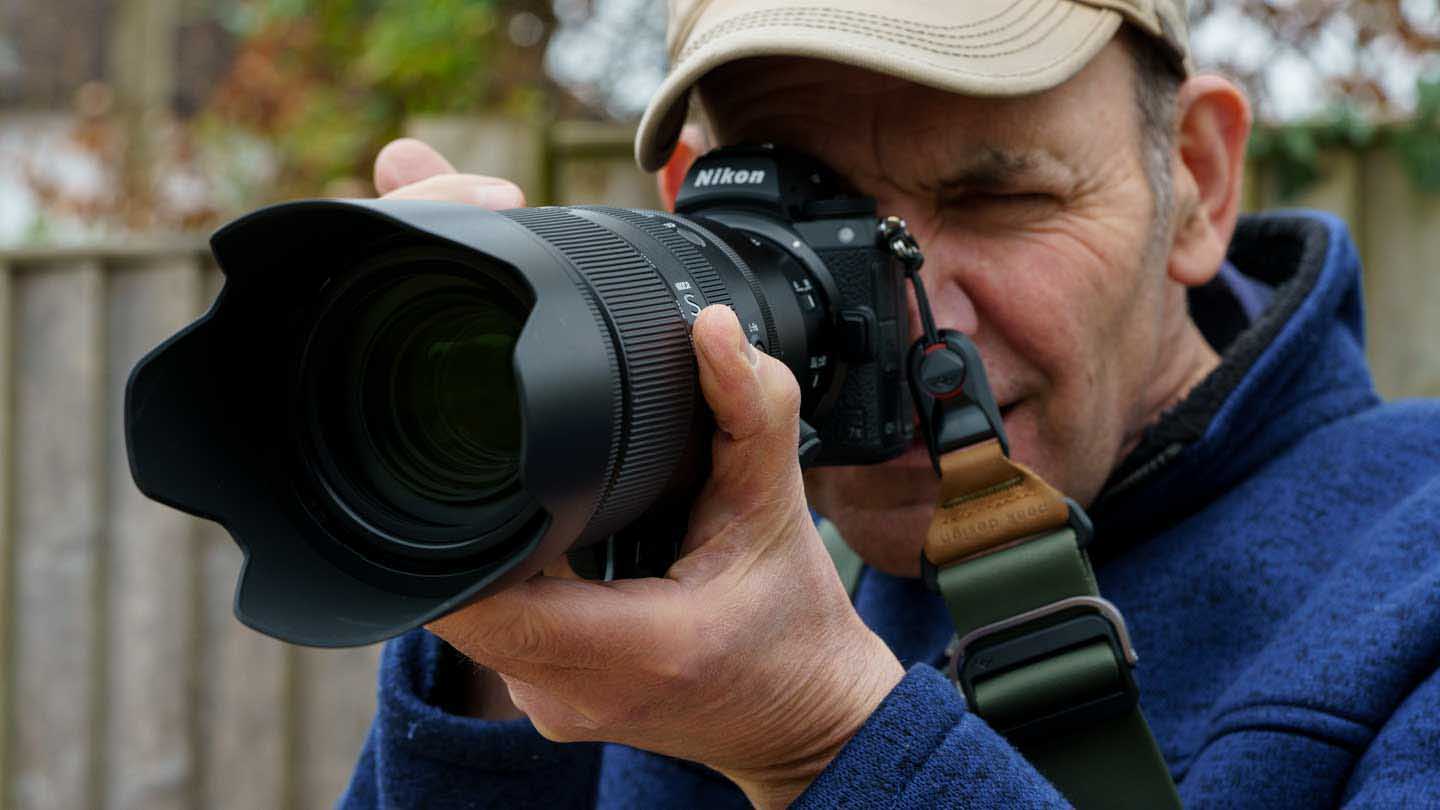[ad_1]
As the dust of the Canon vs Nikon debate settles, we find ourselves at the dawn of a new era, one dominated by the mirrorless revolution. This shift in photographic technology has seen brands such as Sony, Fujifilm, and Canon leap forward, leaving some to ask the question: Where is Nikon in this revolution? Has its decidedly slower transition to mirrorless been a strategic move, or has it been a reluctance to leave the comfort of its DSLR legacy?
From the outset, Nikon’s entry into the mirrorless market was notably more cautious than some of its competitors. While Sony was busily extending its A7 series cameras and Fujifilm was charming the market with its retro-styled APS-C models, Nikon was just dipping its toes in the mirrorless waters. In 2018, the company introduced its full-frame Z series with two models: the Nikon Z7 and Z6. It wasn’t until 2020 that they launched the Z5, a more affordable option, and later in 2021, the high-resolution Z7 II and versatile Z6 II.
Nikon’s step-by-step approach has seemed almost pedestrian compared to the rapid-fire launches from Sony and Canon. But to dismiss Nikon’s strategy as purely reactive or conservative would be to miss some key points.
Firstly, Nikon has always been meticulous about quality. They haven’t rushed to release multiple models, instead taking the time to perfect the ones they have. With each model released in the Z series, Nikon demonstrated a commitment to maintaining the standard of excellence for which they’re renowned. The Z7, for example, was praised for its exceptional image quality and solid build, with many users stating it was worth the wait.
Secondly, Nikon had an established and loyal DSLR user base. The slower transition allowed these customers to move to mirrorless at their own pace, without feeling pressured or left behind. Nikon continued to support its DSLR lineup with new lenses and updates, ensuring that those who wanted to stick with DSLRs still had state-of-the-art equipment.
Lastly, the slow approach gave Nikon the opportunity to learn from the successes and failures of their competitors. For instance, Sony’s initial lack of lens options and Canon’s stumbling blocks with early mirrorless autofocus systems highlighted areas that Nikon could focus on from the outset. Today, the Nikon Z series boasts impressive autofocus performance and a rapidly growing lens lineup.
The question remains: has this approach worked? The answer, of course, is nuanced. On one hand, Nikon has been able to retain a significant portion of its user base, while ensuring their products are of high quality and reliable. Their mirrorless cameras have generally received positive reviews, with users lauding their build, image quality and ergonomics.
However, Nikon has undeniably lost some market share to more aggressive brands. The explosion of Sony’s A7 series and Canon’s recent surge in the mirrorless market has put pressure on Nikon to accelerate its pace.
Nikon’s slower approach to the mirrorless era has been both a strength and a limitation. It has allowed the company to maintain a commitment to quality and customer loyalty while also learning from the market. However, this strategy may need to evolve to keep up with the rapid pace of innovation. Only time will tell if Nikon’s slow and steady strategy wins the race in the mirrorless era.
Looking forward, we should not underestimate Nikon. With a history of producing some of the finest cameras and lenses in the world, Nikon’s ability to compete in this new era should not be overlooked. It may be that the tortoise, in this case, still has a chance to win the race.
[ad_2]
